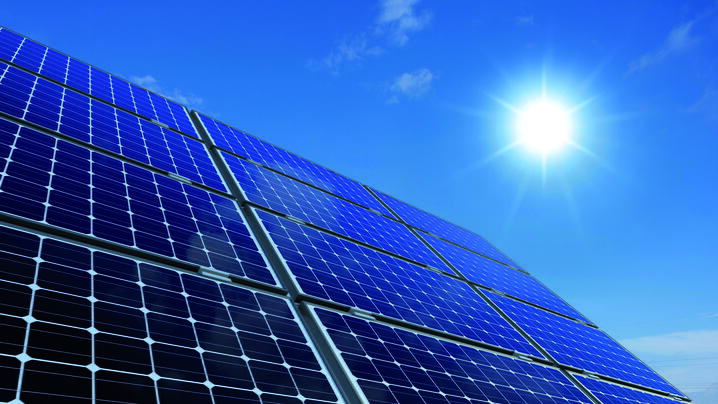
by Anisha Boucher, intern, Global Program Management, ICMA
Has your community considered switching to solar energy? Not only does solar help reduce the carbon footprint, it can financially benefit your community too (save money on energy costs, attract new businesses, and create more jobs). Even if you are fully aware of the opportunities that come along with installing solar panels, some residents and businesses may not know where to begin or why it’s even important. Whether you serve a small village or a sprawling county, here are a few ideas to help your residents navigate the path to solar panel installation and help your community become open for solar business.
Educate the community. Many people may have their own myths or concerns regarding solar energy. From questions about the safety of the solar panel materials to affordability, residents may not be sure where to begin in their quest for answers. You can ensure they are receiving the right information by hosting a workshop or any community-wide event that will allow residents and business owners to learn the community’s stance on solar energy and the rules around solar permitting and installation.
Create accessible, online information. You can lessen the time spent searching for answers to solar energy questions by providing the information residents need right on the community’s website. Communities like San Carlos and Denver have webpages with plenty of information for their residents regarding solar panel permitting and installation processes. An online guidebook can provide residents with clarity regarding rules and requirements, along with the ability to address myths and misconceptions and to consider factors of the project that they may have overlooked. Openly presenting this information allows for more solar permits to be sought out and installation to be completed in compliance with community ordinances.
Construct a Community Solar Array. Residents are more willing to give something a try when community officials take on the responsibility of a project. The small town of Wendell, Massachusetts, for example, has many residential properties that are structurally unable to support solar installation. To combat this issue, the town is allowing residents to purchase as many panels as they want within a solar array, which will allow these households to still reap the benefits of solar energy.
Put Solar Panels on Public Buildings. Imagine running around town and noticing solar panels on all public property—from school buildings to municipal buildings, even sitting atop street lights. Seeing the local government’s commitment to solar will surely excite residents and turn heads. You could even take it a step further and show residents exactly how the panels are working to benefit the community. Several public schools in Fairfield, Connecticut, have solar monitoring displays allowing students to track how much energy the school’s rooftop solar panels are creating over time, along with the amount of sunlight stored and money saved.
Become a SolSmart designee. Since 2016, 211 designated SolSmart communities across 36 states and D.C. have made it faster, easier, and more affordable to go solar. SolSmart is a U.S. Department of Energy-funded program managed by ICMA and The Solar Foundation. These 211 designated communities took advantage of the no-cost technical assistance that helped them identify and address any barriers to going solar. Visit SolSmart.org to learn more about the benefits of this no-cost program.
Don’t be the last community to cut the red tape around solar and attract solar investment to promote economic development. If you are still unsure where to start, go to https://www.solsmart.org/get-started/request-a-consultation/ and request a free consultation.
Related Content
4 SolSmart Success Stories. In this 2018 blog post, the focus was on four communities and their success as part of the SolSmart program.
5 Resources to Support Your Community Solar Development. A 2016 article that looks at some financial resources that can help fund solar development.
200 Cities and Counties Now “Open for Solar Business.” This 2018 article explans how SolSmart has helped more than 200 communities.
New, Reduced Membership Dues
A new, reduced dues rate is available for CAOs/ACAOs, along with additional discounts for those in smaller communities, has been implemented. Learn more and be sure to join or renew today!
